Overview
The Peranakans are an ethnic group defined by their descent from the first waves of Chinese settlers on the Malay Peninsula and in the Indonesian Archipelago.
When the new settlers arrived, the Malay Peninsula and Indonesian Archipelago beamed with edible plants of the most desirible charactarisics: fragrant, flavourful and colourful.
With time, many of the orginal food plants faded into obsurity as with many native foods around the world.
This collection is in their honour.
Works
Press
-

6 Botanical Artworks To Rekindle Your Love For Nature In The City
Eleven Asia, July 11, 2018 -

A Night of Discovery
Kohler, DesignFul, September 28, 2017 -

Raising Excellent Sheep
The Tropicalist, August 19, 2017 -

Discovering the creative nature of Mamakan
Ayesha Kohli, Creative Sparq, July 21, 2017 -
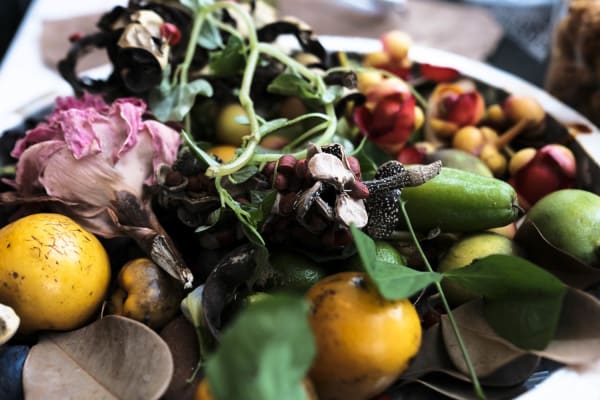
Foraging: the new F word
Carolyn Oei, Mackerel, July 4, 2017 -
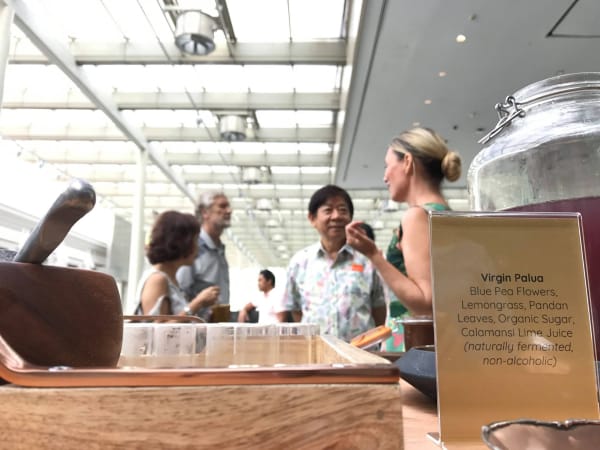
Hidden treasures on our island
Minister Khaw Boon Wan, June 24, 2017 -
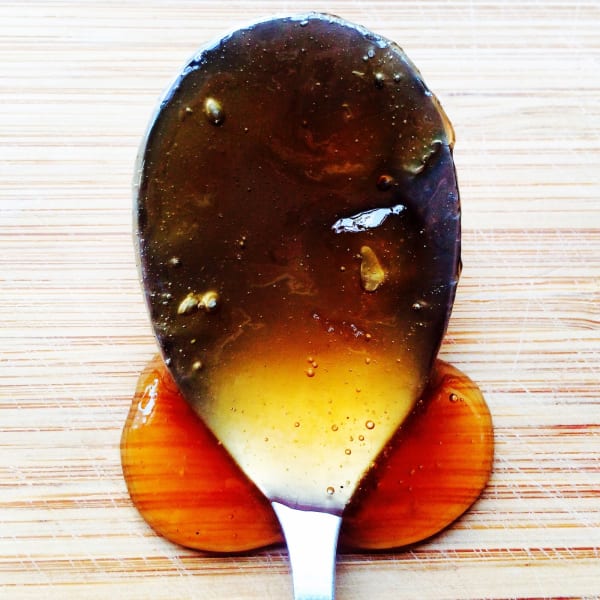
Art + Food Series (联合早报)
Ying Zhen TAN, Lianhe Zaobao (联合早报), June 11, 2017 -

Mamakan x Mahota. Art + Food Pop-up
Mahota Commune, May 12, 2017 -
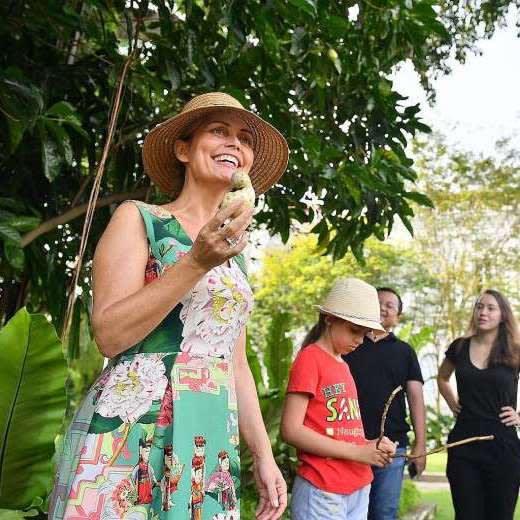
Hungry? Singapore is an Edible Garden City
Jose Hong, The Straits Times, March 25, 2017 -

ガーデンシティでの野生の食事 (Japanese)
Tan Ying Zhen, The Japan Times, March 24, 2017 -

Coverstory: Mamakan for Lianhe Zaobao (联合早报)
Lianhe Zaobao (联合早报), February 26, 2017 -
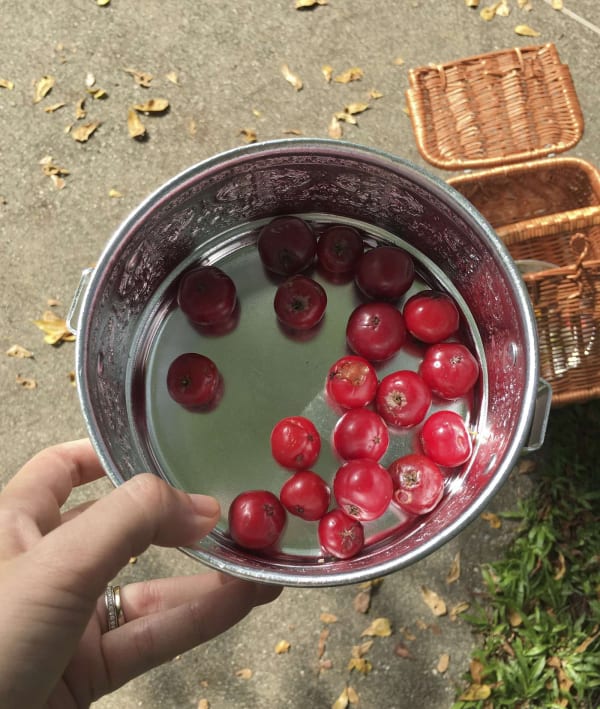
The foragers of Singapore: how to find edible plants growing wild and the foods and drinks to make from them
Juliana Loh, South China Morning Post, December 23, 2016
















